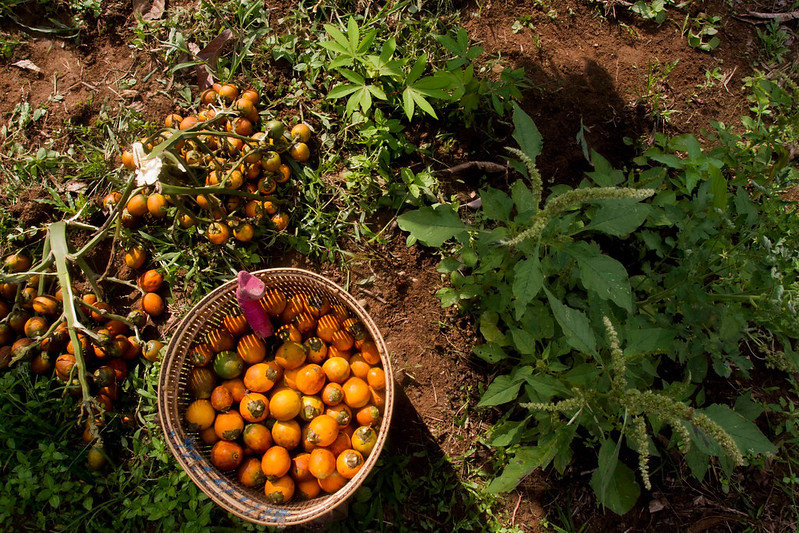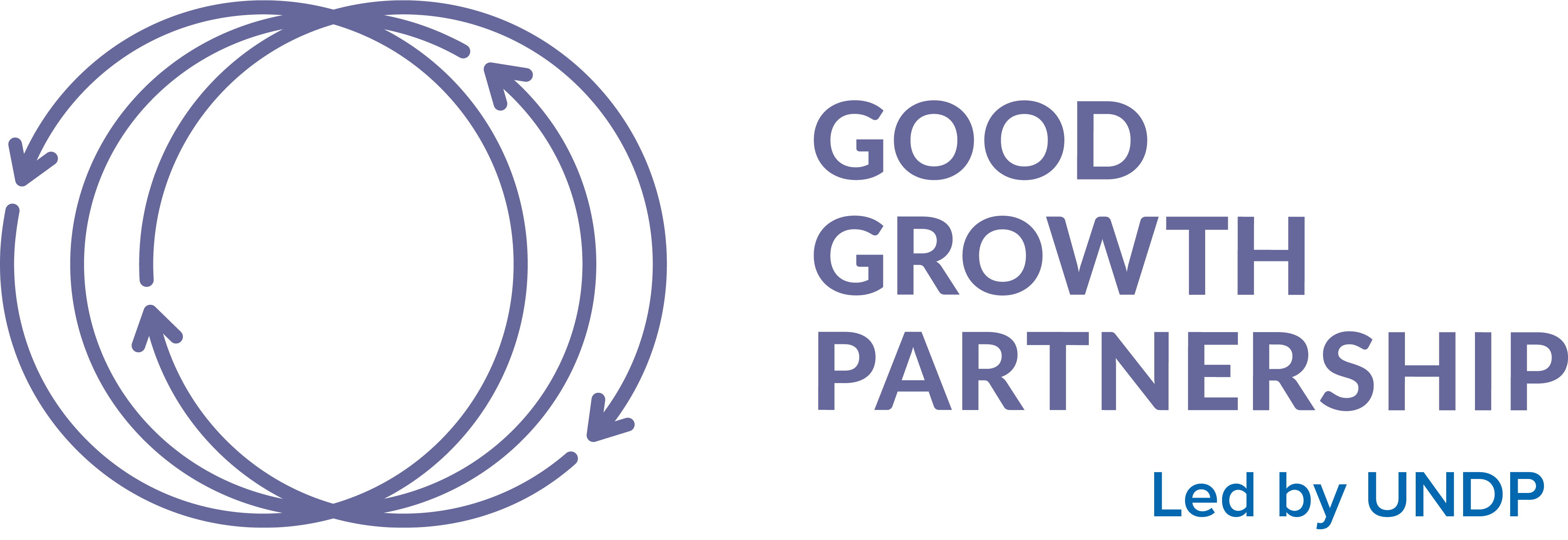
The stakes are high as leaders prepare to gather at the COP15 biodiversity summit in Montreal next month with the goal of striking a landmark agreement designed to conserve the natural world and ward off a massive global extinction.
Discussions at the event will offer an unprecedented opportunity to accelerate biodiversity conservation, in large measure by overhauling economic, social and financial models.
Delegates are tasked with finalizing a set of post-2020 targets, which will serve as a framework for action under the Convention on Biological Diversity (CBD) first agreed in 1992 and adopted by 150 government leaders. Every 10 years, countries renew their commitments.
The proposed new framework drafted last year and up for discussion in Montreal is intended to stabilize biodiversity loss by 2030 and lead to significant regeneration of natural ecosystems by 2050. It follows the Strategic Plan for Biodiversity 2011-2020 and the unmet Aichi Biodiversity Targets, which were intended to cut natural habitat loss in half and expand nature reserves to 17 percent of total land area.
More than half of global gross domestic product -- $41.7 trillion -- depends on the healthy functioning of the natural world, according to CBD.
At the Food Systems, Land Use and Restoration (FOLUR) Impact Program, decoupling agriculture from deforestation is a key aim. A handful of agricultural commodities, including five that come under the FOLUR umbrella – cattle, palm oil, soy, cocoa and coffee – lead to more than half of tree cover loss.
Forests play a crucial role biodiversity conservation. Between 2000 and 2018, almost 90 percent of deforestation worldwide occurred due to agricultural expansion, according to the U.N. Food and Agriculture Organization (FAO). Stopping deforestation would conserve carbon, reducing the release of planet-warming greenhouse gases and curbing mean temperature rise.
Land restoration, agroforestry practices, and securing sustainable value chains through policy transformation and by encouraging the introduction of environmental, social and corporate governance practices can reduce the risks to forests and biodiversity.
While all action targets are critical for biodiversity and no single target can green value chains on its own, at FOLUR we will be keeping a close watch to see how the following proposed targets unfold:
- Target 10. Ensure all areas under agriculture, aquaculture and forestry are managed sustainably, in particular, through the conservation and sustainable use of biodiversity, increasing the productivity and resilience of these production systems.
- Target 15. All businesses (public and private, large, medium and small) assess and report on their dependencies and impacts on biodiversity, from local to global, and progressively reduce negative impacts, by at least half and increase positive impacts, reducing biodiversity-related risks to businesses and moving towards the full sustainability of extraction and production practices, sourcing and supply chains, and use and disposal.
- Target 18. Redirect, repurpose, reform or eliminate incentives harmful for biodiversity, in a just and equitable way, reducing them by at least $500 billion per year, including all of the most harmful subsidies, and ensure that incentives, including public and private economic and regulatory incentives, are either positive or neutral for biodiversity.
- Target 19. Increase financial resources from all sources to at least $200 billion per year, including new, additional and effective financial resources, increasing by at least $10 billion per year international financial flows to developing countries, leveraging private finance, and increasing domestic resource mobilization, taking into account national biodiversity finance planning, and strengthen capacity-building and technology transfer and scientific cooperation, to meet the needs for implementation, commensurate with the ambition of the goals and targets of the framework.
- Target 21. Ensure equitable and effective participation in decision-making related to biodiversity by indigenous peoples and local communities, and respect their rights over lands, territories and resources, as well as by women and girls, and youth.
COP15: U.N. Biodiversity Summit: 2050 Vision: Living in harmony with nature is in Montreal from Dec. 7 to 19, 2022
First draft of the post-2020 Global Biodiversity Framework
~ Published on Nov. 18, 2022







